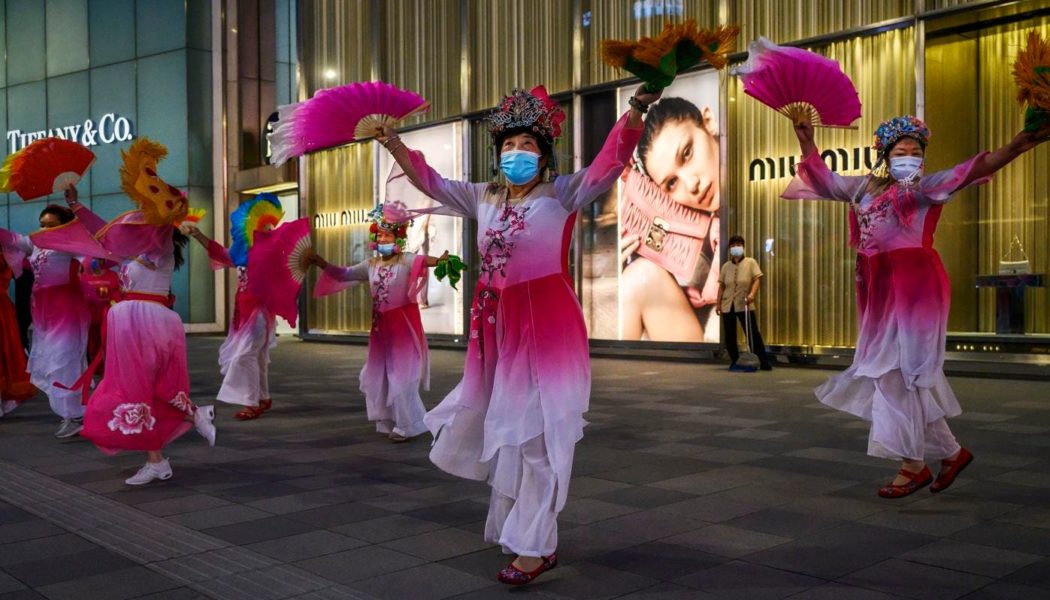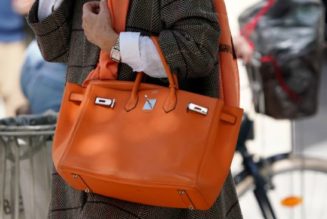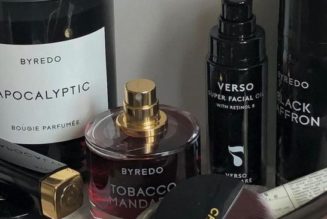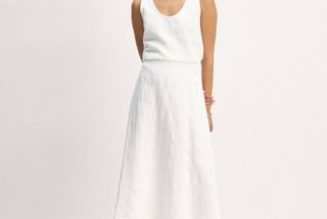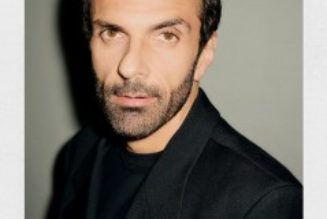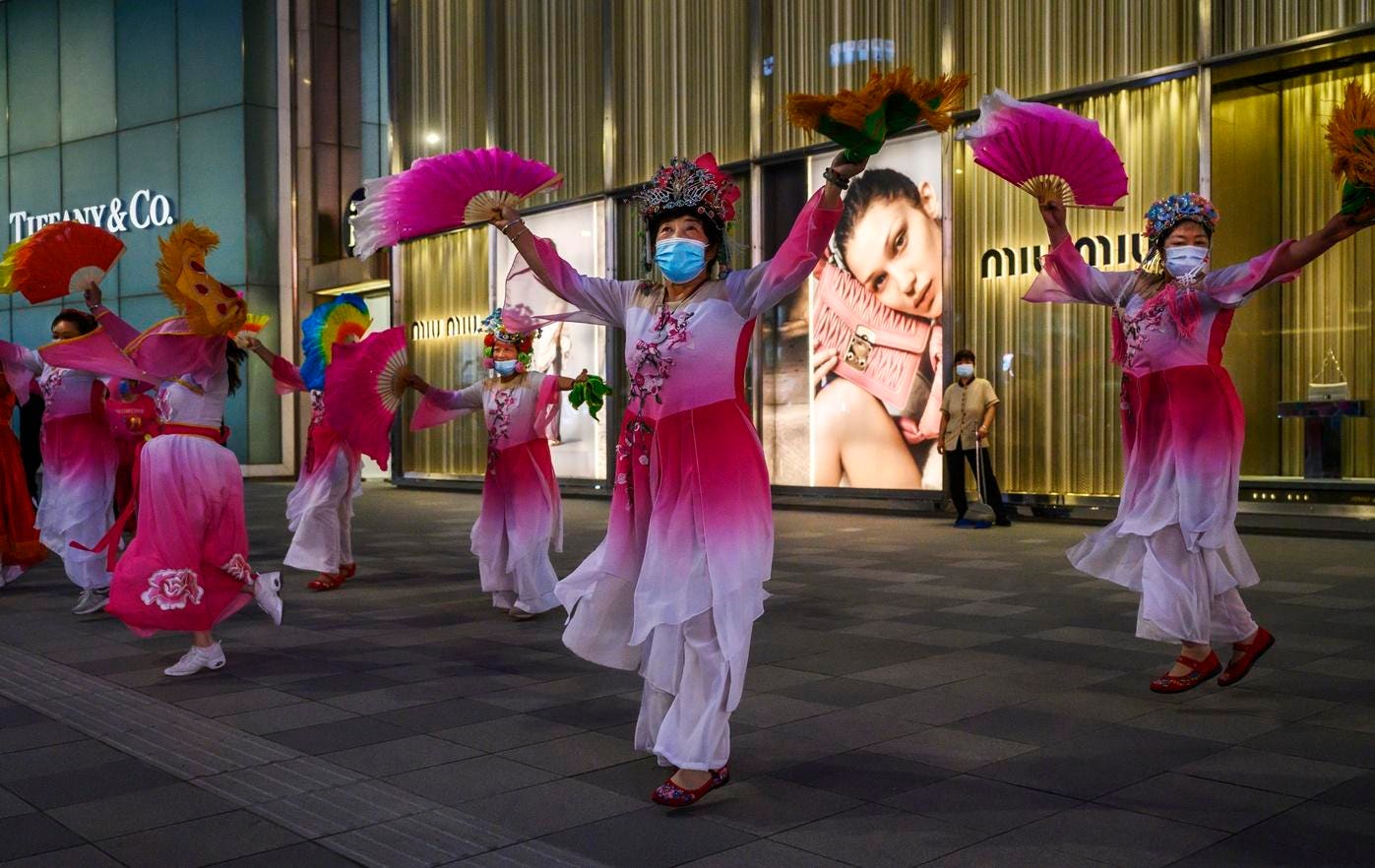
The pace of luxury sales growth may be slowing down, but industry executives have reasons to celebrate this upcoming Lunar New Year. Industry bellwether LVMH just announced that revenues increased 13% last year — and Richemont’s were up 11% for its nine months to the end of December 2023, raising hopes that the sector can avoid a sharp contraction this year.
Clearly, luxury remains desirable — and there are multiple reasons for it. The choice of new markets to expand into is one of them. Since the 2000s, China has been a fantastic driver of growth, and despite the doom and gloom about China’s economic growth lately, the market there for luxury products is still double the size it was in 2019.
Second, luxury goods have managed to capture the imagination of younger generations, exemplified by an AI-generated image of the Pope dressed in a long, white immaculate Moncler-style puffer coat that has gone viral around the world.
Third, luxury brands have embraced digitization. Today, for instance, although Lamborghini does not sell online, its app Unica provides an ever-higher level of customer service. A large majority of brands have started to sell online and all of them are active on social media, since consumer journeys include many digital touch points.
Fourth, luxury has never been so desirable because it’s almost ubiquitous: never have customers had so many options to see and buy luxury goods. The last decade has seen the proliferation of new marketing and sales channels, some in the physical space with popup stores and some in the digital space with live streaming and social commerce.
The latest furor is to build temporary, immersive experiences, like Christian Louboutin’s pop-up beach club on Bondi Beach, or Dior’s spa pop-up in Beverly Hills. This reflects how luxury brands are expanding into hospitality, as they see branded hotels and resorts as the next frontier to build deeper relationships with customers beyond their flagship retail stores.
During the pandemic, the luxury industry expanded rapidly as shoppers splashed out after being stuck at home during lockdowns, but analysts expect that growth will return to more moderate levels as consumers rein in their spending. That is because of a slowing global economy, as well as elevated inflation and interest rates. Moreover, much of the luxury demand from 2021-22 was fueled by tax credits during the pandemic, but those have now ended.
But cyclical trends should not distract luxury executives from making preparations for three crucial rupture points, trends that interact and even reinforce each other to reshape luxury management as we know it, for good, and one black swan.
Three rupture points
China remains a strong market for luxury brands, but they can’t expect the fast growth pace of the … [+]
Changing globalization dynamics is the first rupture point. The high growth rate that China yielded for luxury brands is probably a thing of the past, due to stubbornly high youth unemployment at circa 20%, as well as threats to financial stability because of the bursting of a large real estate bubble.
China’s growth prospects are also negatively affected by rising geopolitical tensions with the West. A more assertive Chinese view of the world combined with the sentiment that foreign investment is less welcome, is leading multinationals to look for alternative investment locations. Both America and the European Union are creating policies for decoupling or de-risking away from China.
Thanks to globalization, today, the planet is four times economically richer than in 1990. Yet, economic data in the West show that millions have not seen their fair share of the benefits. These inequalities, high inflation and intensifying immigration push many countries in the arms of protectionist, populist leaders. In turn, we could well see the engine of globalization stall, and with it, the end of the fantastic engine of economic wealth that has boosted luxury demand. In a more socially fractured world, the legitimacy of luxury could be increasingly challenged. Strikingly, in an article last year, the Financial Times was talking of luxury as an extravagance.
Cashmere goats produce less quality wool due to warming temperatures
The continuing loss of natural ecosystems is the second rupture point. It could also have far-reaching implications for luxury in the years to come, as the planet heats up. All luxury brands’ emissions continue to rise in absolute terms along with their spectacular volume growth, and too few have pledged to work towards an absolute net zero. The wildlife population has shrunk by 69% since 1970. Many natural resources are scarcer and more expensive because of human-induced changes to ecosystems. Goats are producing less cashmere due to rising temperatures, for instance. De Beers continues to scavenge the seabed in Southern Africa to mine diamonds, but lab-grown alternatives are now readily available. Should these trends not be reversed, the break down in supply chains and food chains could become such that there would be no space left for luxury — or even worse, no moral case for its existence.
Generative AI is set to questions many taken-for-granted facts about luxury
Lastly, 2023 marked the definite ascent of generative AI, a technology that was 50 years in the making. While the ethical risks have been debated, this new technology has the potential to spectacularly increase productivity for businesses. With the advent this year of company-specific applications, luxury brands can potentially revolutionize their storytelling. But for an industry that epitomizes creative leadership and human craftmanship, generative AI might well redefine luxury’s rules of human-based authenticity and creative leadership.
One black swan
As well as the three rupture points there’s also one potential “black swan” on the horizon — an unpredictable or unforeseen event with extreme consequences. If the election of Donald Trump as U.S. president materializes, as polls suggest, this could lead European economies to boost defense spending. Trump has promised to deliver a deal with Russia in two days, most likely at the expenses of Ukraine. Commentators fear he could take the U.S. out of NATO. Finding itself nearly unprepared to contain Russia, Europe would have to quickly reallocate a massive amount of public and private investment to remilitarize. Indeed, Russia may move to its next target in Europe, just like Hitler did in the 1930s. This might change the economic structure in ways that do not favor luxury in the second half of this decade.
Courageous leadership is needed
Luxury brands needs to fix the basics of customer experience, especially in slower times.
In tougher times, the priority for luxury brands should be to leverage Gen AI, automation and digitization to improve efficiency. They should also continue to invest in strategic initiatives to prepare the future, such as expanding into the burgeoning luxury markets of India and Africa.
But they first need to go back to basics and increase repeat purchases, by improving customer experiences that are often underwhelming. Long queues outside luxury stores have become almost the norm, even a tactic, but they are not consistent with true luxury. When customers go to stores, products are too often out of stock. Returning merchandise or using vouchers from one channel to another, or even from one country to another is still too often impossible. Underpaid staff in physical stores leading to high turnover, service quality is not always what it should be.
Metaverse and AI could coalesce to transform our shopping experience
Whether it is Gen AI or the metaverse, so en vogue in 2022, luxury brands should focus on deploying these technologies in ways that really resolve customer pain points. For example, brands have dimmed the metaverse, temporarily probably. But instead of focusing on launching NFTs, that some are using for financial speculation, they could really take ecommerce out of prehistory. We are still living with the internet invented in the 1990s. Yet, the metaverse has the power of immersing customers in environments that blend physical and digital experiences combined with storytelling. Many more efforts should be placed here: first movers could gain a competitive advantage.
When it comes to the destruction of the natural environment, that requires courageous leadership. Announcing net-zero targets in absolute terms is important, and Kering should be praised for it, but delivering on them is even more critical. Unfortunately, more than 90% of businesses are not on track to hit their net-zero pledges, according to Accenture. In the industry and the wider economy, investments to decarbonize should be 7 to 8 times higher. The fashion sector alone will need to invest $1tn by 2050.
At a World Economic Forum roundtable this year, panellists agreed that collaboration and trust between luxury brands, and even between competitors, is going to be critical. The competitive mindset that prevails stands in the way of genuine progress on sustainability. That’s because firms need to work together to tackle their Scope 3 emissions throughout the entire luxury value chain.
Finally, the turbulence ahead suggests that agility and resilience will also be key. Luxury firms can only become highly adaptable if they also evolve their organizational culture. Decisions that continue to be made from headquarters in Europe for the whole world might slow things down, and stimy creativity.
In making progress on sustainability and digital transformation, the culture of perfection stands in the way. Brands might need first to choose one or two pilots, test things, learn, adapt — and then scale those solutions. The culture of fear that mainly powerful owners exert on their luxury businesses also stops employees from speaking up when they have real environmental concerns, or innovations that could drive sustainability. And organizational or IT silos prevent employee collaboration, hurting the customer experience. Luxury brands should not forget that investing in learning and development in a world where continuous upskilling and reskilling is a guarantee of adaptation, is money well spent.
Luxury executives have every reason to launch the operational and tactical initiatives their brands need in a slower growth context, but it would be dangerous to ignore or not press-on with the deeper-seated transformation that the rupture points and black swans require from them. Leaders will have to be courageous and resilient in the months to come.
